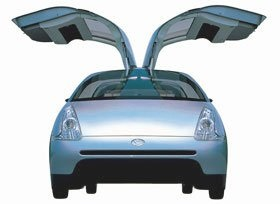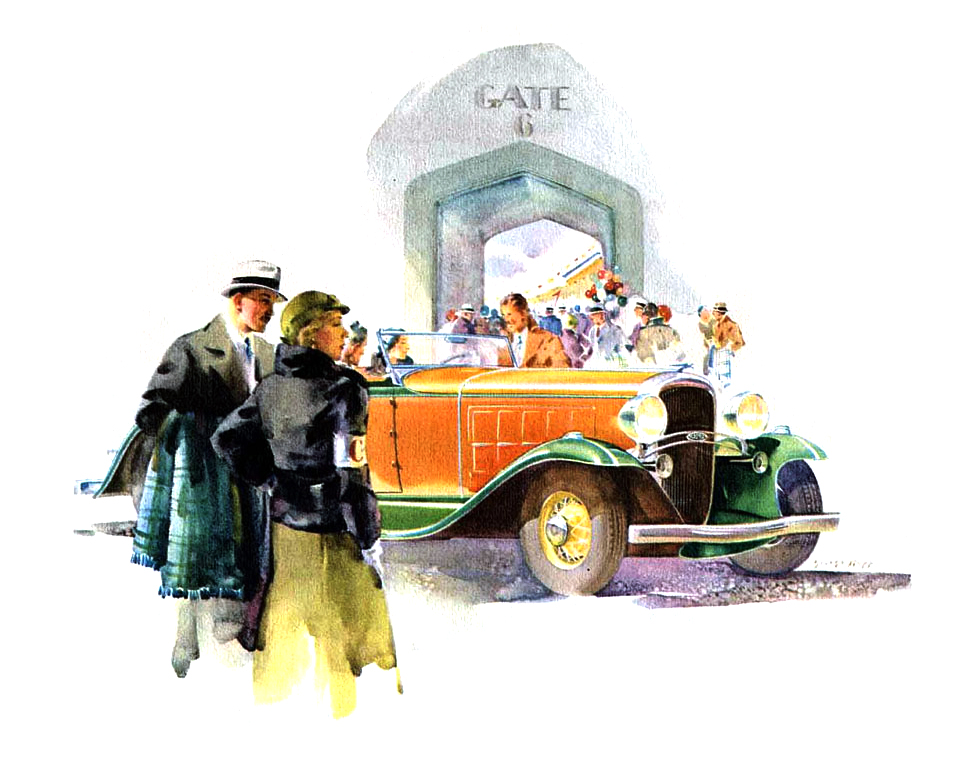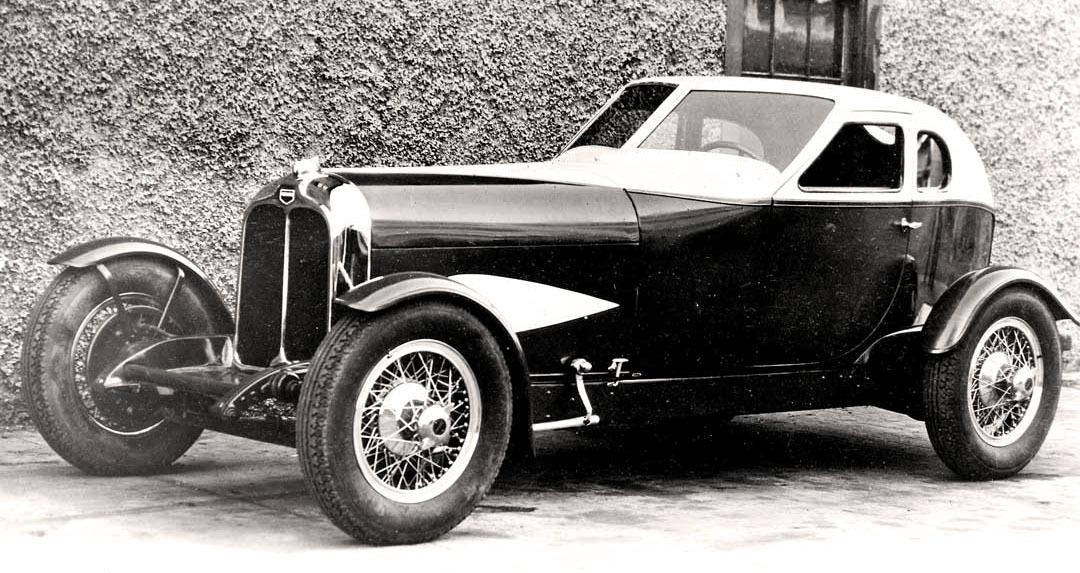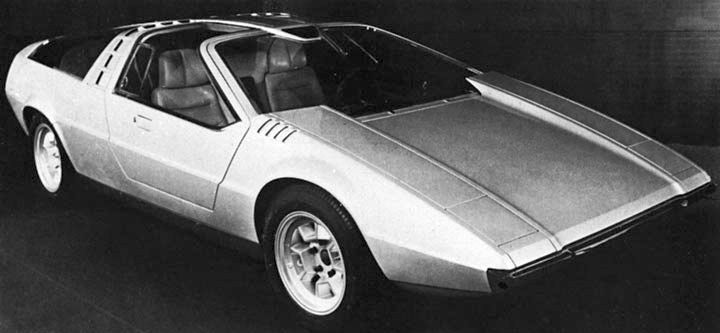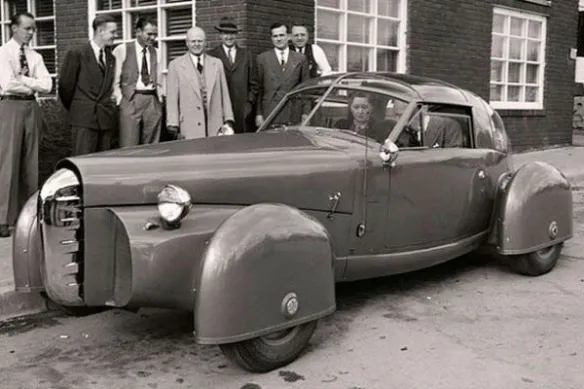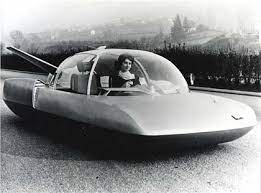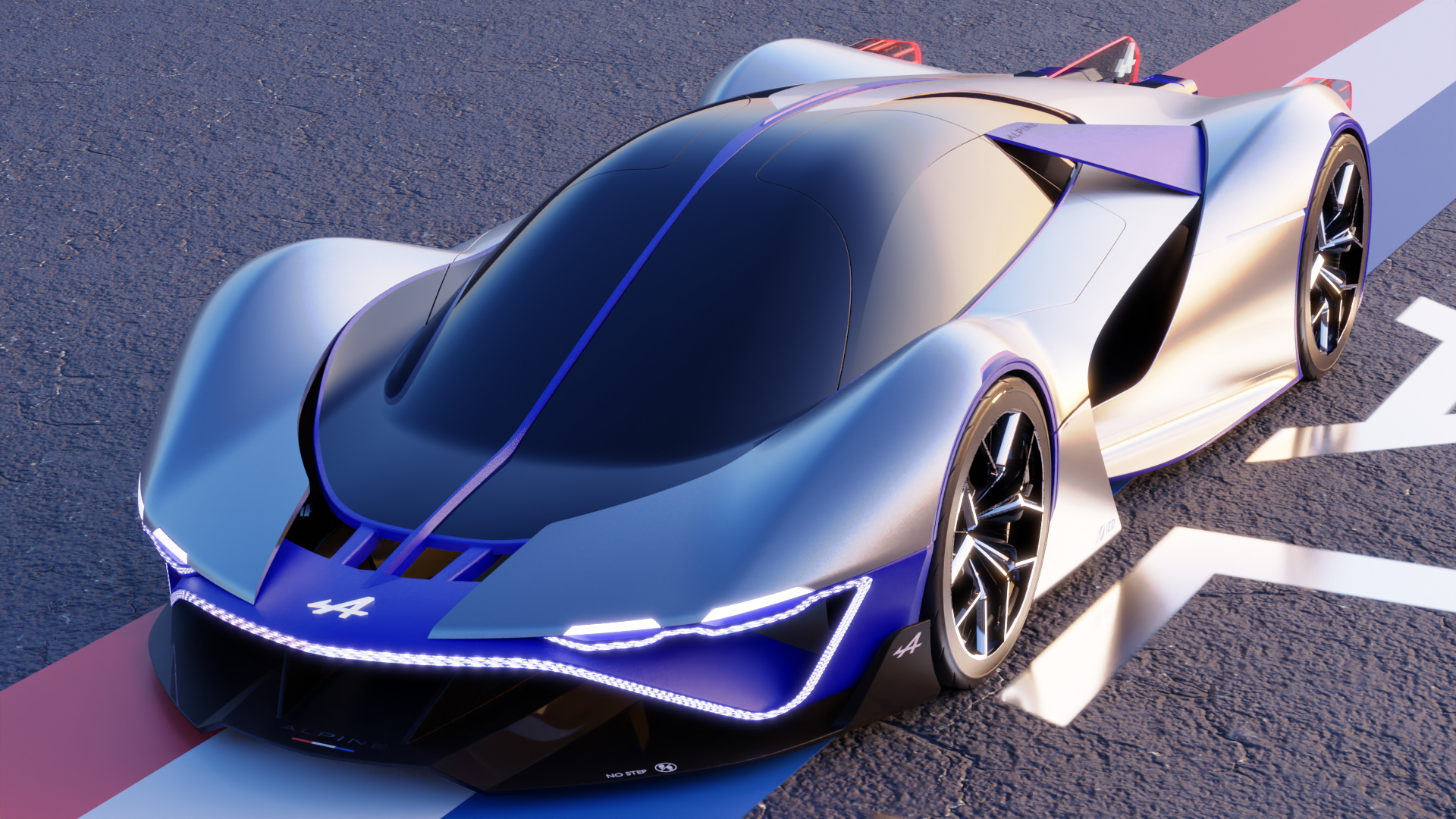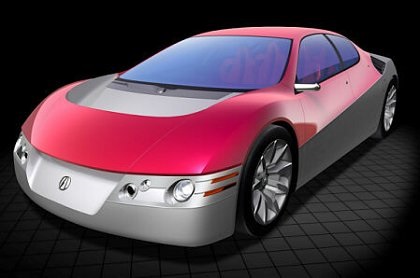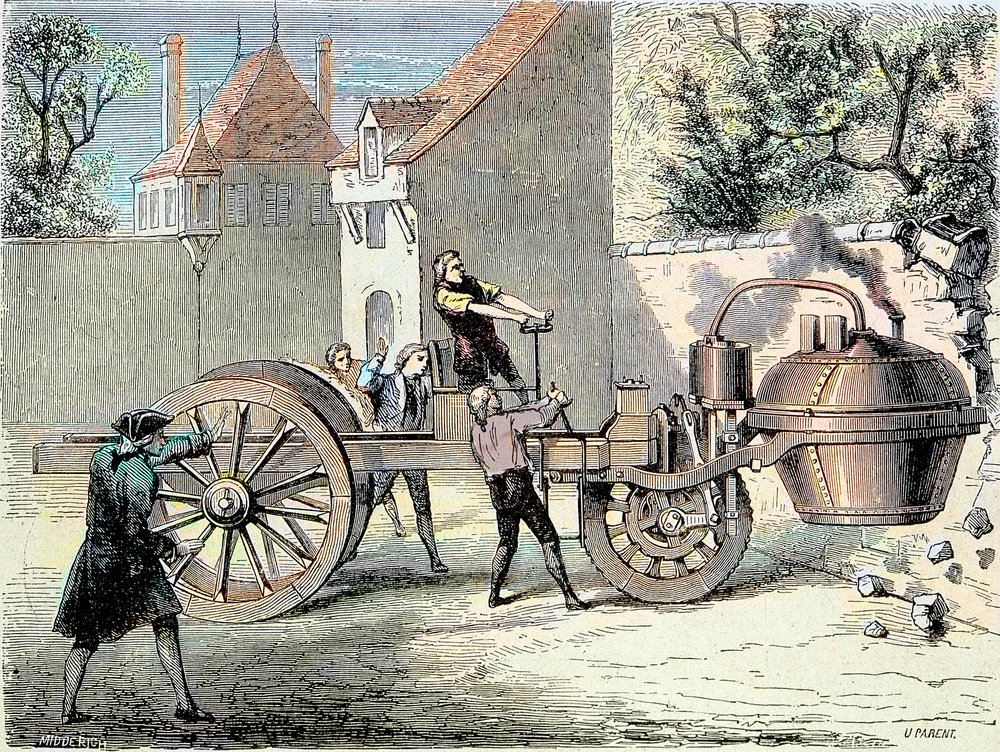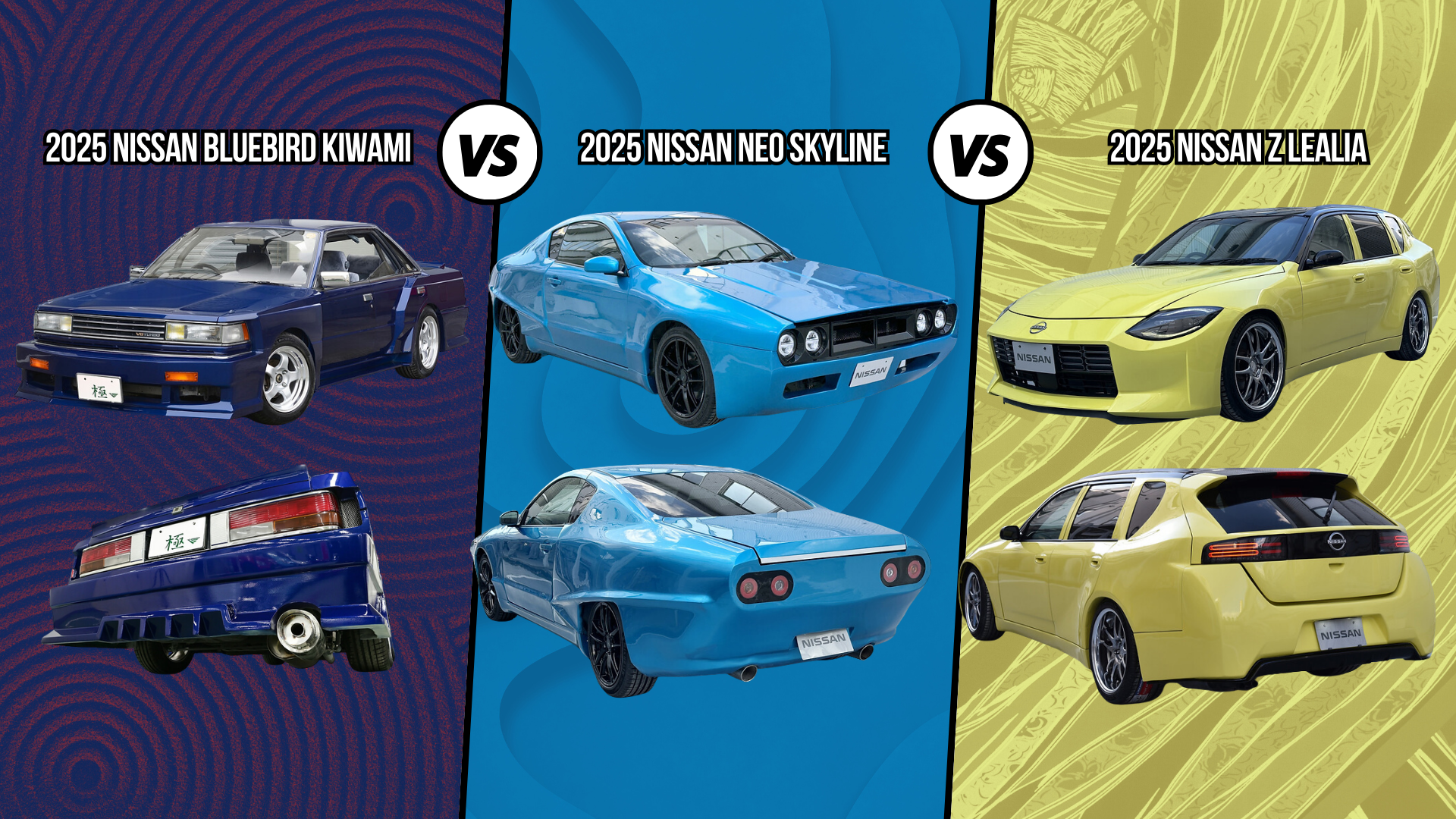2003 Daihatsu UFE-II Concept
- Story Cars
- Jun 4, 2024
- 2 min read
At the 2003 Tokyo Motor Show, Daihatsu introduced the UFE-II Concept, a remarkable evolution of its predecessor, the UFE, unveiled two years earlier. This concept vehicle embodies Japan's emphasis on small, fuel-efficient cars, showcasing cutting-edge technology and innovative design. The UFE-II is a testament to Daihatsu's commitment to pushing the boundaries of automotive efficiency and eco-friendly design.
One of the most notable features of the UFE-II is its ultra-lightweight construction. The vehicle's body is made of aluminum and composite materials, resulting in a total weight of just over 500 kg (570 kg according to another source). This lightweight design significantly enhances fuel efficiency and performance. By utilizing such advanced materials, Daihatsu has managed to create a vehicle that is both robust and economical, minimizing its environmental footprint while maximizing efficiency.
Aerodynamics play a crucial role in the UFE-II's design, with the vehicle boasting a drag coefficient of 0.19, the lowest of any four-seat car globally. The teardrop-shaped, cut-tail design, complemented by gull-wing doors and sophisticated lighting, is a testament to Daihatsu's focus on efficiency and futuristic styling. This design not only reduces aerodynamic drag but also enhances the car's visual appeal, making it a standout at the Tokyo Motor Show.
Under the hood, the UFE-II is powered by a hybrid system that combines a 660cc Atkinson cycle direct-injection gasoline engine with two electric motors and a nickel-metal hydride battery pack. This configuration enables the car to achieve an astonishing fuel economy of 140 miles per gallon (60 km/l on Japan's 10-15 mode emission standard, according to Daihatsu's in-house tests). Daihatsu claims this fuel efficiency to be the highest in the world for a hybrid vehicle, setting a new standard for eco-friendly automotive design.
Inside, the UFE-II features a central control panel with integrated switches and a steer-by-wire system, enhancing operability and functionality. This techno-cockpit provides a futuristic driving experience, aligning with the vehicle's advanced exterior design. The interior's sleek and functional design emphasizes usability, making it a unique and appealing driving environment. The integration of advanced technologies in the cockpit ensures that the UFE-II is not only efficient but also a pleasure to drive.
In conclusion, the 2003 Daihatsu UFE-II Concept represents a significant leap forward in hybrid vehicle technology and design. Its ultra-lightweight construction, record-breaking aerodynamics, and advanced hybrid powertrain make it a showcase of Daihatsu's commitment to innovation and environmental sustainability. Despite its compact size and suitability primarily for smaller drivers, the UFE-II sets a benchmark for future developments in the realm of eco-friendly vehicles. This concept car illustrates the potential for future vehicles to be both highly efficient and visually striking, paving the way for new advancements in automotive technology.







